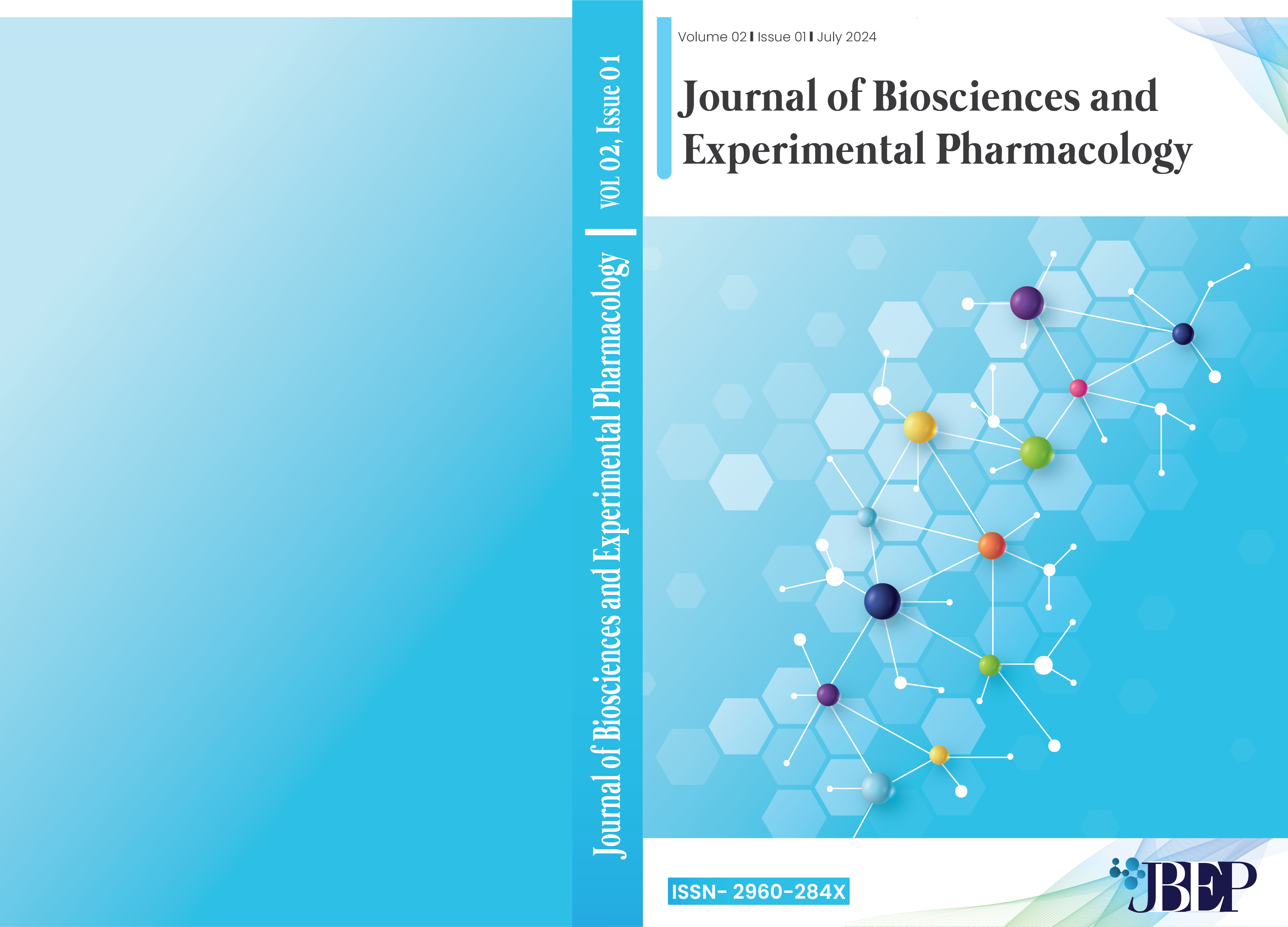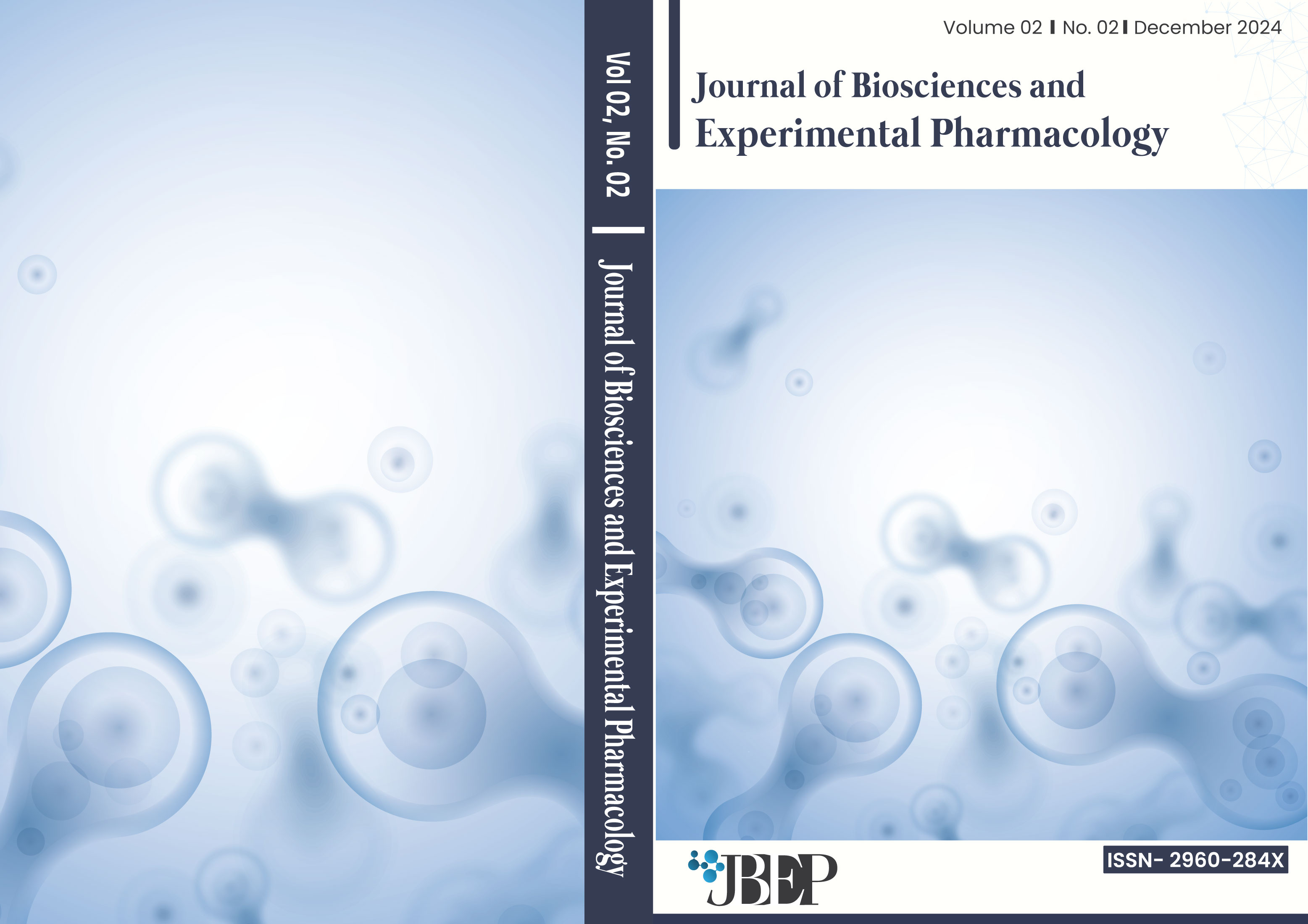Original article | Open access | J. Bio. Exp. Pharm. 2024, 2(2), 71-85 |
https://doi.org/10.62624/JBEP00.0019
HPLC-Analysis of Polyphenolic Compounds in Crateva nurvala and Evaluation of In vitro Antioxidant Activities of its Flash Column Chromatographic Fraction
Abstract
Crateva nurvala (Barun), a medicinal plant extensively used in traditional medicine, is rich in phenolic compounds that exert antioxidant effects. The escalating demand for safer, natural antioxidants has renewed interest in medicinal plants. This study investigates the antioxidant potential of Crateva nurvala bark extract and its flash column chromatographic fractions, with emphasis on polyphenolic composition and in vitro radical scavenging activity. Ethanolic crude extract of Crateva nurvala bark was fractionated using gradient flash column chromatography into five major groups. Polyphenolic compounds were identified and quantified via HPLC-DAD. Antioxidant potential was evaluated using DPPH, nitric oxide (NO), hydroxyl radical (•OH) scavenging, ferric reducing antioxidant power (FRAP), and total antioxidant capacity (TAC) assays. IC50 values were calculated from dose-response curves. HPLC profiling revealed three major phenolics: p-coumaric acid (203.09 ± 0.67 mg/100g), (-)epicatechin (39.77 ± 0.46 mg/100g), and myricetin (37.35 ± 0.32 mg/100g). In the DPPH assay, IC50 values were lowest for the Crateva nurvala crude extract (3.276 μg/mL) and methanol fraction (3.436 μg/mL), compared to ascorbic acid (0.8579 μg/mL). NO scavenging results followed a similar trend: crude extract (IC50 = 7.865 μg/mL), methanol (8.371 μg/mL). For hydroxyl radicals, the crude extract showed IC50 = 156.5 μg/mL, approaching ascorbic acid (105.8 μg/mL). FRAP and TAC assays indicated the methanol fraction had the highest reducing potential and antioxidant capacity, respectively. The potent antioxidant activity of Crateva nurvala, supported by its rich polyphenolic content, underscores its value as a promising natural source of therapeutic antioxidants. Low IC50 values in multiple assays validate its potential for further development into nutraceutical or pharmaceutical applications.

